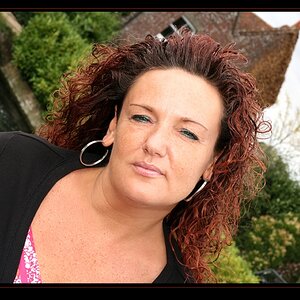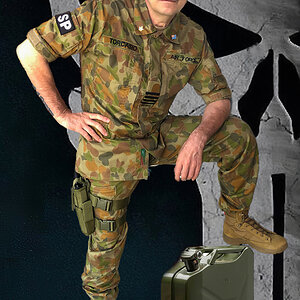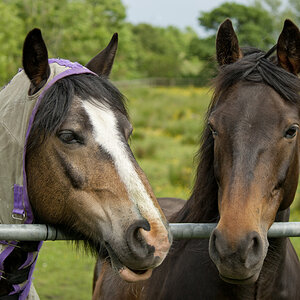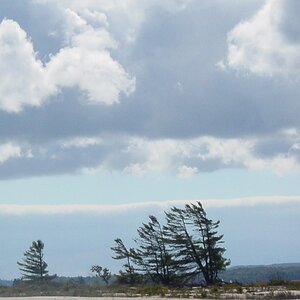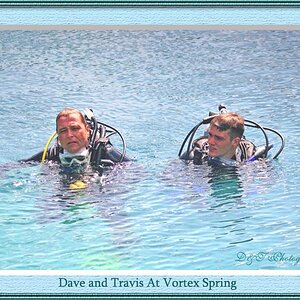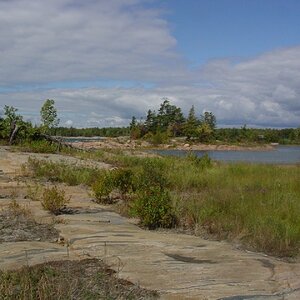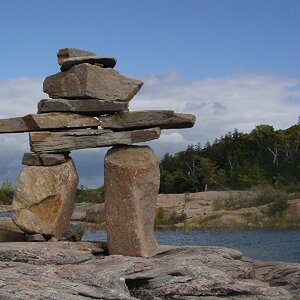theregoesjb
TPF Noob!
- Joined
- Nov 4, 2011
- Messages
- 158
- Reaction score
- 5
- Location
- boston
- Can others edit my Photos
- Photos OK to edit
im trying to take some pictures to use for an HDR image
i know i need to take at least 3 shots, one at correctly metered exposure, one under exposed, and one over exposed. But what do you use to gauge how much under/over you go? I imagine referencing the histogram is key but what sorts of rules of thumb do you go by? How far do you make sure to push the exposure one way or the other?
if it makes a difference, this will be during a two hour window around sunset, should get fairly good lighting
i was reading one tutorial on how a specific HDR was done and his under was 1 1/3 stops while his over was only 1/3.
please share your experience/tips!
i know i need to take at least 3 shots, one at correctly metered exposure, one under exposed, and one over exposed. But what do you use to gauge how much under/over you go? I imagine referencing the histogram is key but what sorts of rules of thumb do you go by? How far do you make sure to push the exposure one way or the other?
if it makes a difference, this will be during a two hour window around sunset, should get fairly good lighting
i was reading one tutorial on how a specific HDR was done and his under was 1 1/3 stops while his over was only 1/3.
please share your experience/tips!



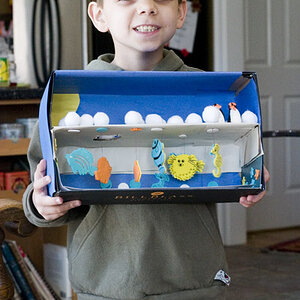
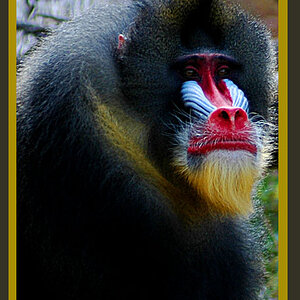
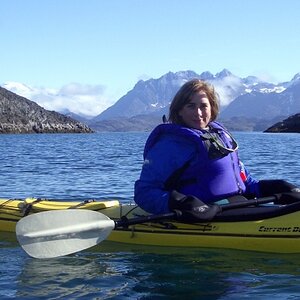
![[No title]](/data/xfmg/thumbnail/37/37602-1ef8dbb1c2d0e4ff347ee65d328c3603.jpg?1619738147)
